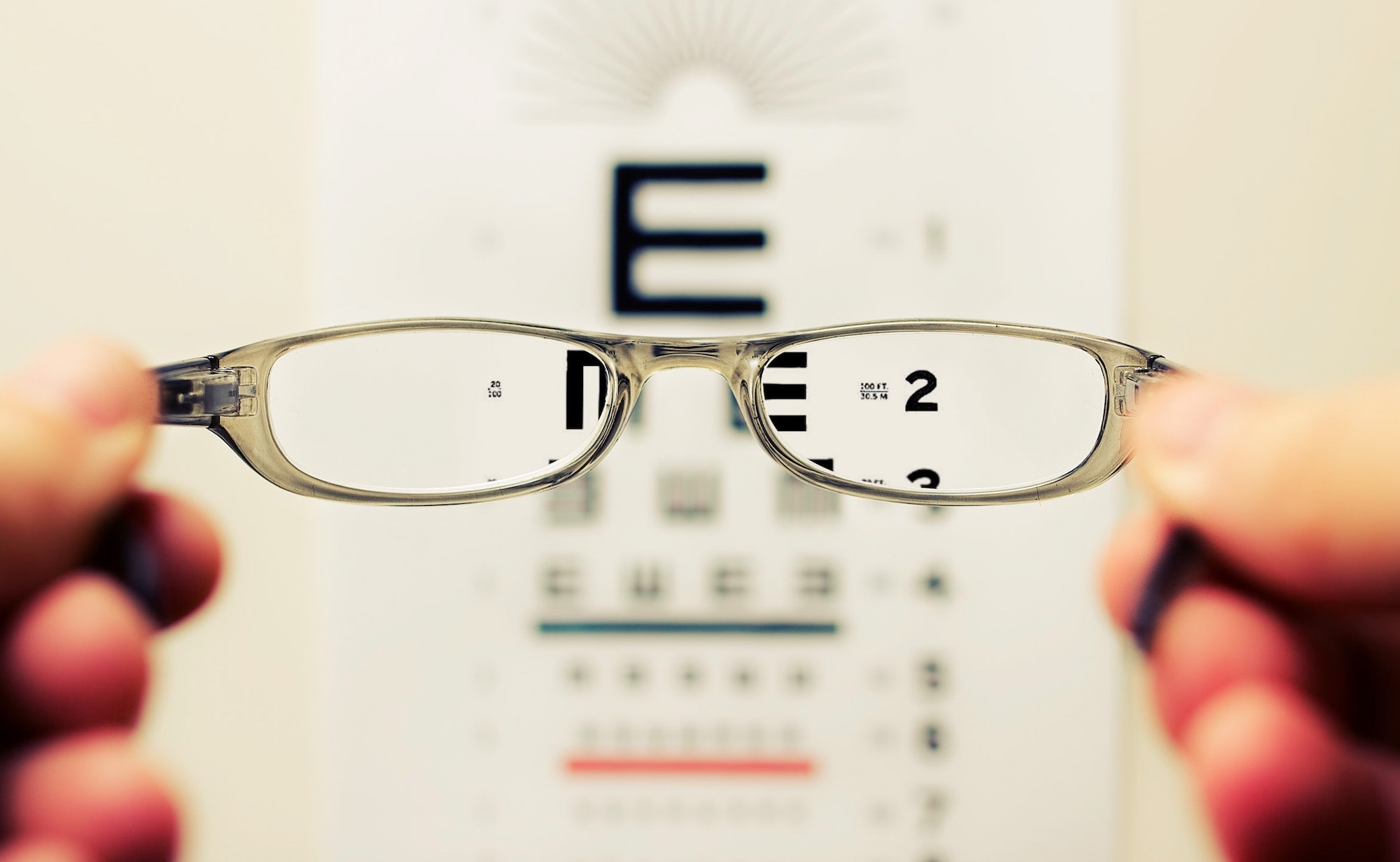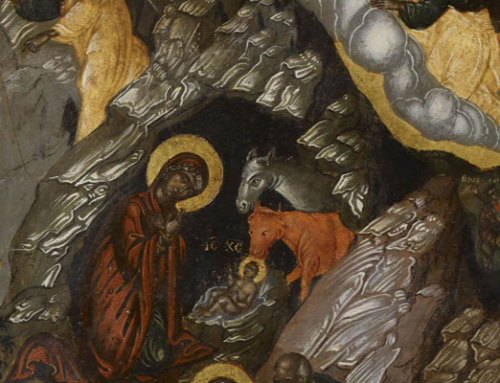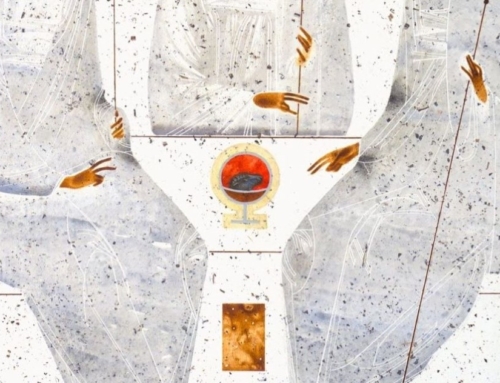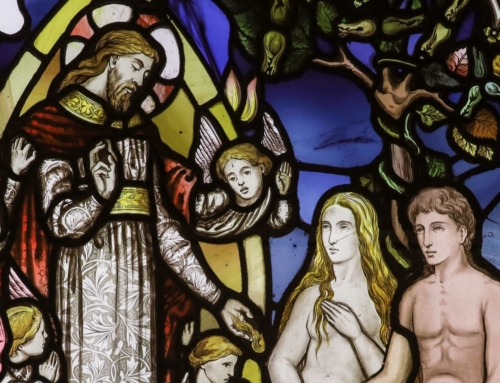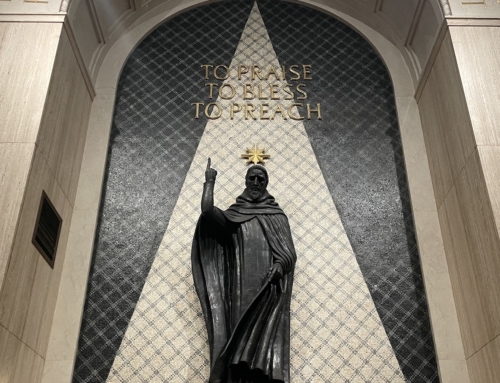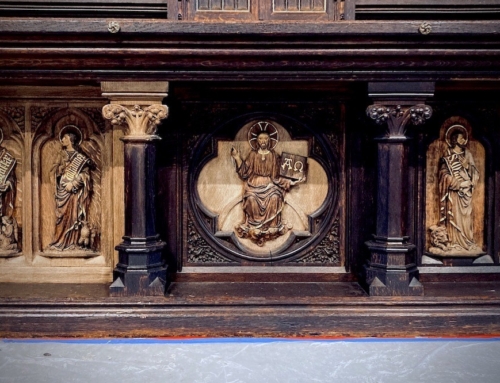Some questions need a second glance. Even when the answer seems obvious.
For instance, Saint Thomas fields this question: “Whether the essence of God can be seen with the bodily eye?” (ST I q. 12, a. 3).
If this was ever posed “live” in a thirteenth-century Dominican priory, one can imagine the other brothers’ own bodily eyes blinking in embarrassed frustration. Haven’t we been over this? The master already clarified that God is not a body (q. 3, a.1). We know God to be immaterial, infinite, pure act, pure spirit. “God is spirit,” our Lord says, “and those who worship him must worship in spirit and truth” (John 4:24). Why waste Father’s time like this?
The student scrambles to justify himself, remembering a quote from Saint Augustine. He had written that we will rise again with glorified eyes, which will be able to see “even incorporeal things” (q. 12, a. 3, obj. 2).
The brothers sit quietly, probably hoping for a one-word resolution: “No.”
To be sure, Aquinas gives a straightforward response: “It is impossible for God to be seen by the sense of sight, or by any other sense. . . . [E]very such kind of power is the act of a corporeal organ. . . . God is incorporeal, as was shown above” (q. 12, a. 3, corp.). Material sense powers have no proportion to immaterial objects. Therefore, even in heaven, God’s essence will not be seen with the corporeal eye.
The brothers know, of course, that we do see God spiritually, now by grace and then by glory, through the perfection of our intellect and will (q. 43 a. 5). This beatifying vision elevates these powers in wisdom and love, conforming us to the Triune God we know and love: “We know that when he appears we shall be like him, for we shall see him as he is” (1 John 3:2). The perfection of this spiritual union, not some biological operation, will be our Heaven.
But St. Thomas is a wise teacher. He takes up his student’s citation and expands it: “It is very credible,” suggested Augustine, “that we shall so see the mundane bodies of the new heaven and the new earth, as to see most clearly God everywhere present, governing all corporeal things . . . as when we see men among whom we live, living and exercising the functions of human life, we do not believe they live, but see it.” After the resurrection, rather than gradually reasoning to the divine from the creature, we will recognize God’s presence as an immediate and indirect object of sight. The eye will still see material realities (“mundane bodies”), but the intellect will instantly perceive the divine presence sustaining all we see (q. 12, a. 3, ad 2).
Even now, our inability to see God with our bodily eyes doesn’t prevent us from seeing his works: “the heavens are telling the glory of God; and the firmament proclaims his handiwork” (Ps 19:1). We can reason to and about God by recognizing that the universe demands a First Cause: “Ever since the creation of the world [God’s] invisible nature, namely, his eternal power and deity, has been clearly perceived in the things that have been made” (Rom 1:20). After the resurrection, the saints will perceive God in the visible order effortlessly, “from the perspicuity of the intellect, and from the refulgence of the divine glory” (q. 12, a. 3, ad 2). We hope to join them in this, above all since we know that they look upon the Incarnate Lord, risen in his own humanity: the invisible God, yet visible in the flesh.
Some questions deserve a second glance. So does the whole universe, shot through as it is with light from the Creator. As Christians, we hope after death to give it that perfect, definitive, and spiritual “double take” it deserves—aided by our own corporeal eyes.
✠
Photo by David Travis on Unsplash

